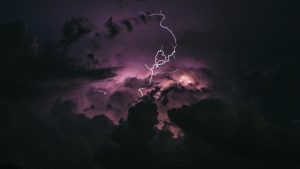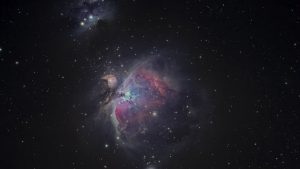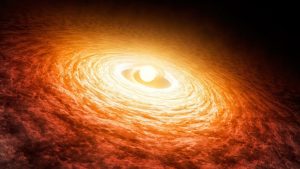NASA Reveals List of Cosmic Targets for James Webb Space Telescope’s First Images Ahead of July 12 Release
The National Aeronautics and Space Administration (NASA), in partnership with the European Space Agency and the Canadian Space Agency, will be sharing some of the most detailed views of the universe captured to date. The three agencies will be soon releasing images, with full colour and spectroscopic data, captured from the James Webb Space Telescope. In preparation for the release of the images, which mark the beginning of the scientific observations from the JWST, NASA has shared a list of the first cosmic targets that will have their images shared.
The list of targets and images was chosen by representatives from NASA, ESA, CSA and the Space Telescope Science Institute. The images will be shared on NASA’s social media handles, NASA’s website, along with other social media handles. NASA will first share the images in a live broadcast beginning at 10:30am EDT (8pm IST) on Tuesday.
The images and spectroscopic data from the newly operational observatory will be made available after six months of of remotely unfurling various components by the space agency, aligning the telescope’s mirrors and calibrating instruments.
Here is the list of first images from the JWST
Carina Nebula: Approximately 7,600 light-years from the Earth, this dark and luminous nebula is found in the southern constellation of Carina, in the Carina–Sagittarius Arm. Home to some of the biggest and most powerful stars in our galaxy, it is also home to some of the brightest like WR 25, HD 93129A, and Eta Carinae.
WASP-96 b (spectrum): WASP-96 b is a gas giant exoplanet roughly 1,150 light-years away from the Earth. Around half the mass of Jupiter, the exoplanet orbits its star within 3.4 Earth days. Despite being a gas giant, it has a cloudless surface and shines brightly from sodium signatures.
Southern Ring Nebula: Also known as the Eight-Burst Nebula, NGC 3132, or Caldwell 74, this planetary nebula is located 2,000 light-years from Earth. This nebula, a giant cloud of ionized gas surrounding a dying red giant star, is one of the most extensively observed and studied by scientists.
Stephan’s Quintet: Stephan’s Quintet is a visual grouping of five galaxies located in the constellation Pegasus. Four of the galaxies form the first compact galaxy group to be ever discovered, while the fifth one is just visually closer to Earth being only 40 million light-years away compared to the 290 million of the rest of the quintet.
SMACS 0723: Using the gravitational pull of massive foreground galaxies, bent light rays from extremely far away galaxies are observed.



